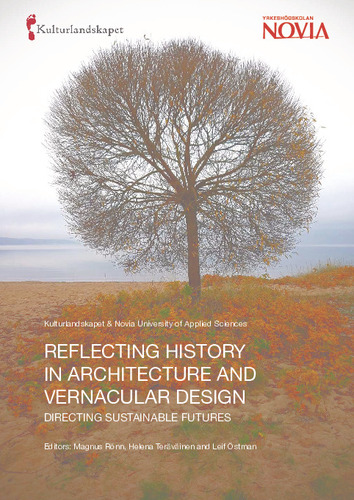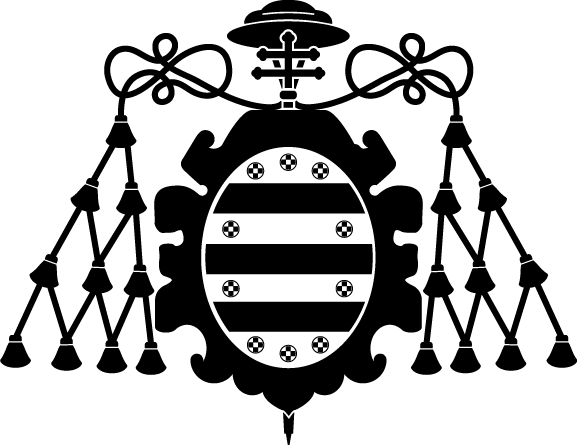Vernacular architecture in the Navia river basin (Asturias, Spain)
Autor(es) y otros:
Editor/Coord./Trad.:
Palabra(s) clave:
Vernacular architecture, building archaeology, rural housing, Navia river basin, Asturias
Fecha de publicación:
Editorial:
Kulturlandskapet
Citación:
Descripción física:
Resumen:
This work presents a synthesis of the results of the author’s doctoral research, focused on the study of the landscape and vernacular architecture of a region in Asturias (Spain), the Navia River valley. It is a mid-mountain area where an interesting ethnographic and architectural cultural heritage is preserved. The research explores how the communities in the area shaped the landscape and their own architectural language through different building typologies, their historical evolution, and their relationship with their culture. In the study area, the rural and peasant habitat is structured around the casería, the basic unit of settlement that includes domestic spaces (housing) and productive spaces (granaries, stables, cellars, auxiliary buildings, etc.), as well as farmland and pasture, and usage rights over communal lands, mills, etc. The caserías are grouped into villages and parishes and have formed the basis of rural settlement in the northwest of the Iberian Peninsula since the Middle Ages. The conservation of this heritage faces various challenges: abandonment and ruin due to emigration and rural depopulation, urban speculation, as well as the lack of social awareness, economic resources, and legal protection regulations. Despite this, communities still maintain important ties with their cultural heritage. The objectives of my doctoral thesis were to establish a theoretical and methodological foundation for the study of landscape and architecture, to develop digital tools for the documentation and study of the cultural heritage of rural communities, and to provide a preliminary approach to the historical evolution of the peasant societies in the Navia Valley through their tangible and intangible culture.
This work presents a synthesis of the results of the author’s doctoral research, focused on the study of the landscape and vernacular architecture of a region in Asturias (Spain), the Navia River valley. It is a mid-mountain area where an interesting ethnographic and architectural cultural heritage is preserved. The research explores how the communities in the area shaped the landscape and their own architectural language through different building typologies, their historical evolution, and their relationship with their culture. In the study area, the rural and peasant habitat is structured around the casería, the basic unit of settlement that includes domestic spaces (housing) and productive spaces (granaries, stables, cellars, auxiliary buildings, etc.), as well as farmland and pasture, and usage rights over communal lands, mills, etc. The caserías are grouped into villages and parishes and have formed the basis of rural settlement in the northwest of the Iberian Peninsula since the Middle Ages. The conservation of this heritage faces various challenges: abandonment and ruin due to emigration and rural depopulation, urban speculation, as well as the lack of social awareness, economic resources, and legal protection regulations. Despite this, communities still maintain important ties with their cultural heritage. The objectives of my doctoral thesis were to establish a theoretical and methodological foundation for the study of landscape and architecture, to develop digital tools for the documentation and study of the cultural heritage of rural communities, and to provide a preliminary approach to the historical evolution of the peasant societies in the Navia Valley through their tangible and intangible culture.
ISBN:
Colecciones
- Capítulos de libros [6536]
- Historia del Arte y Musicología [500]
- Investigaciones y Documentos OpenAIRE [8421]
Ficheros en el ítem





